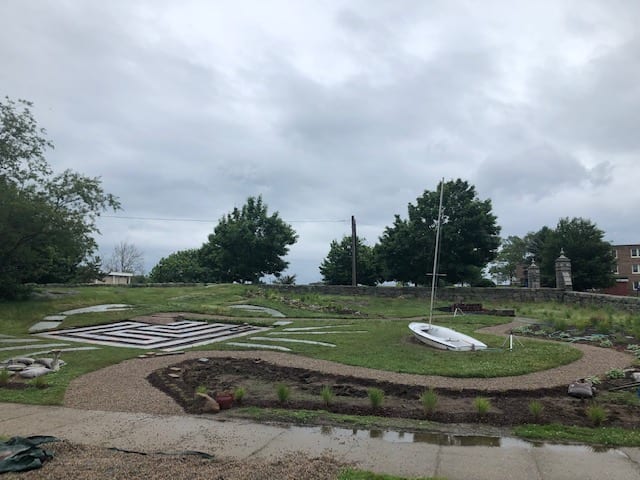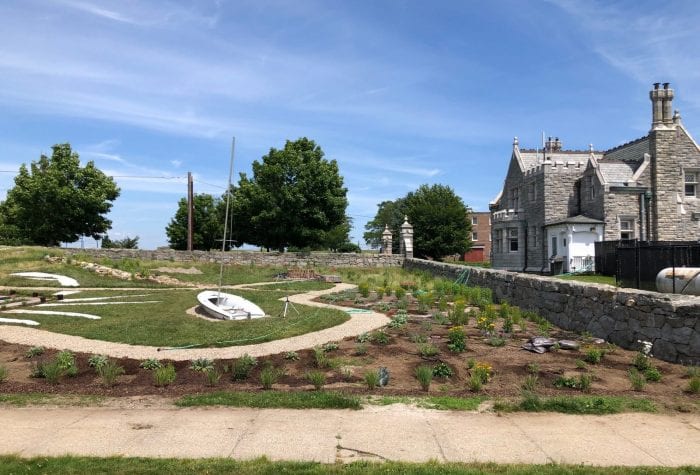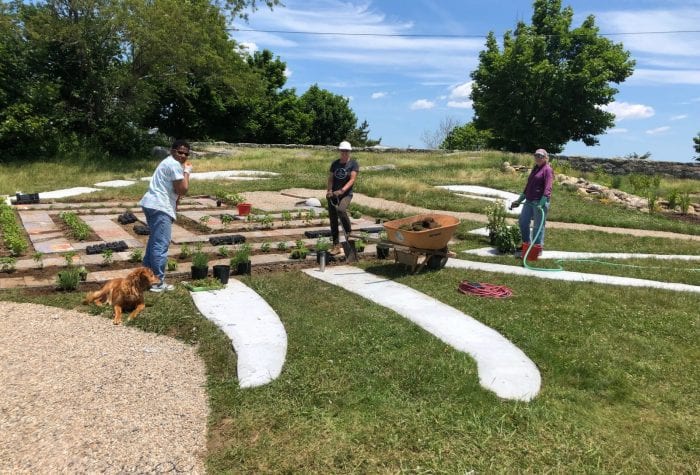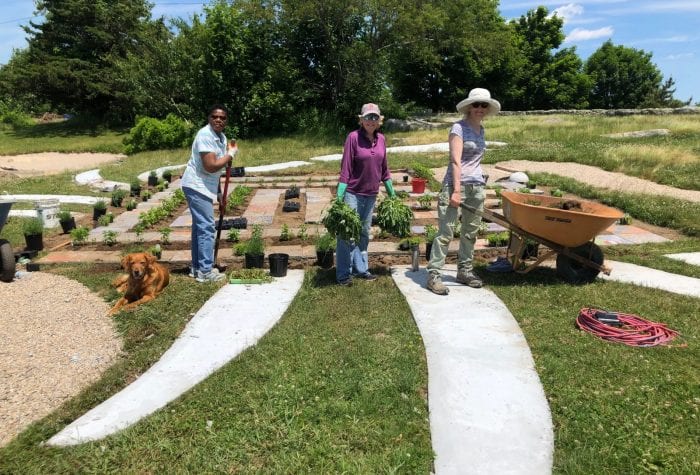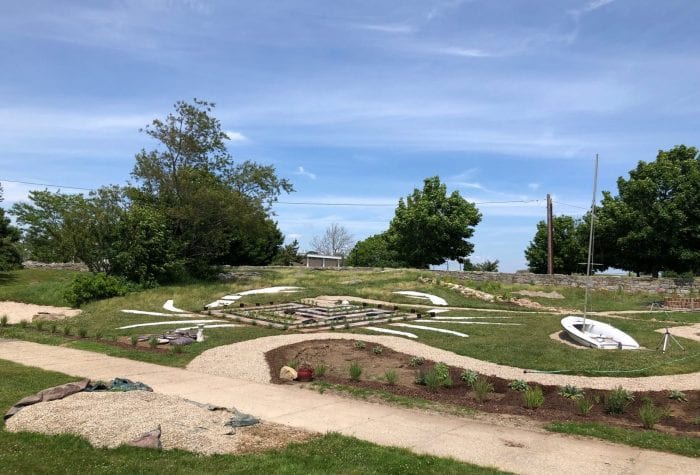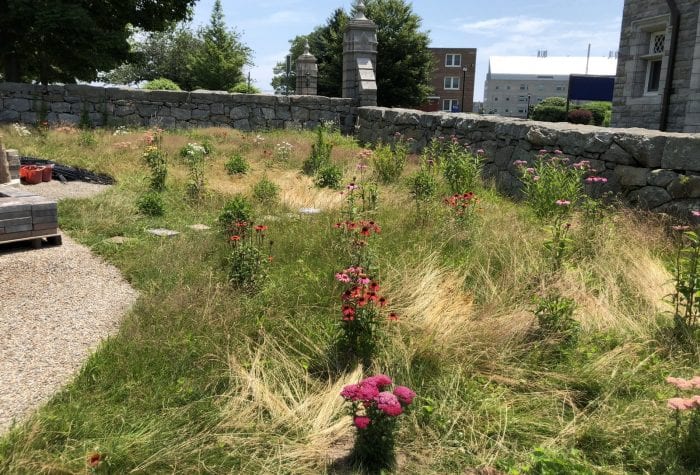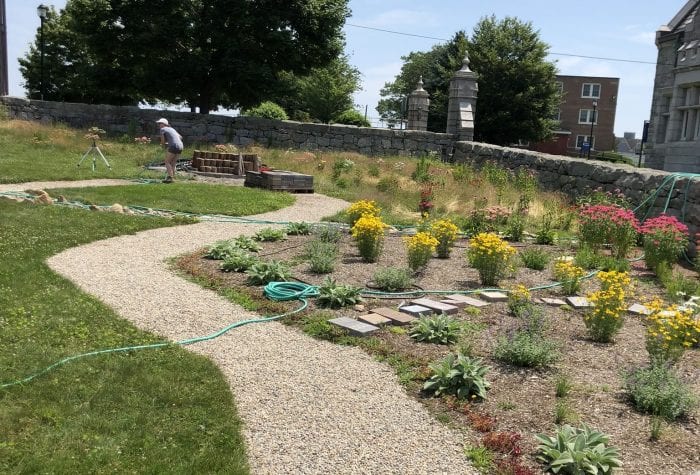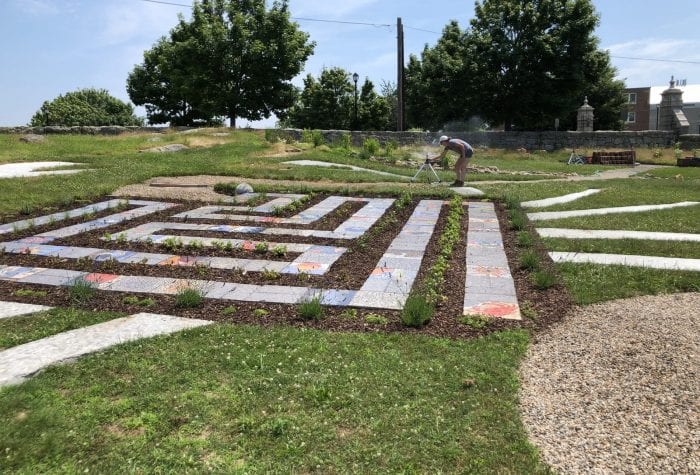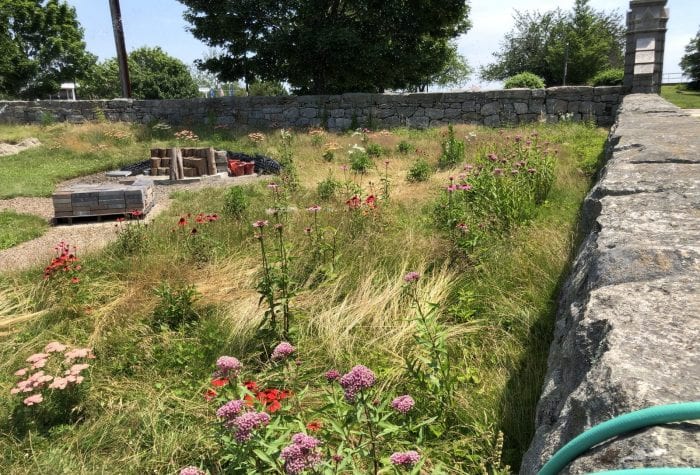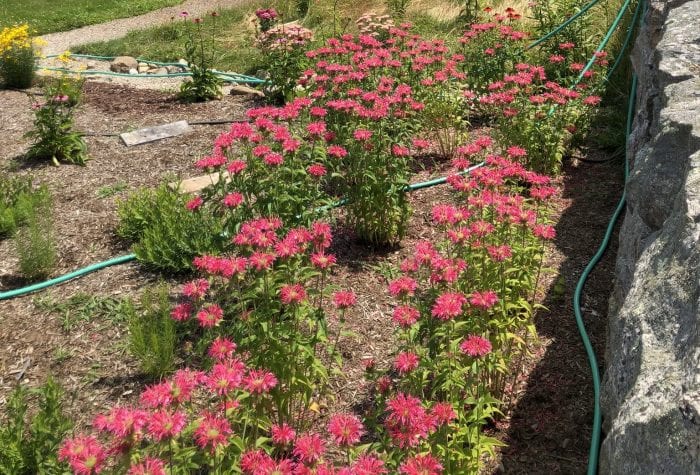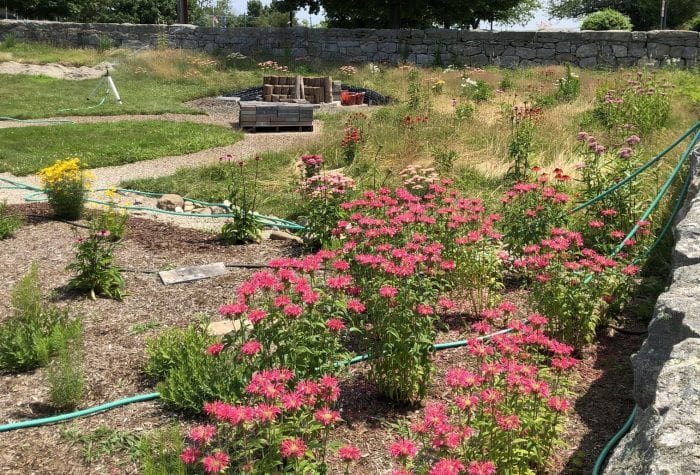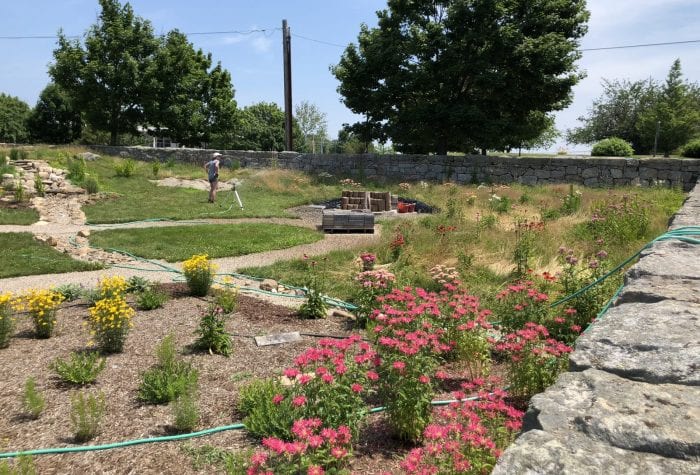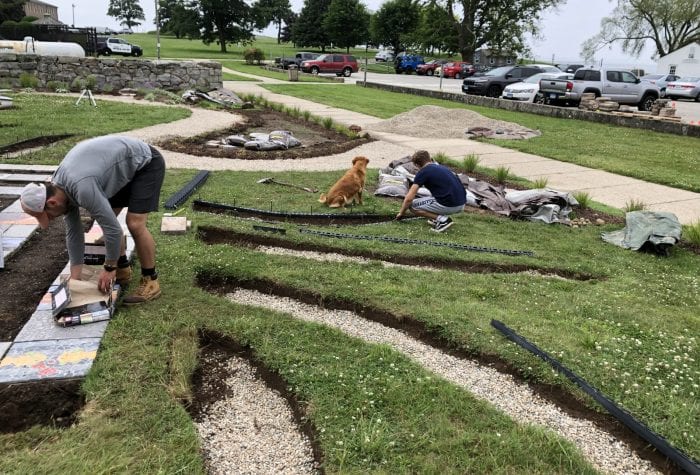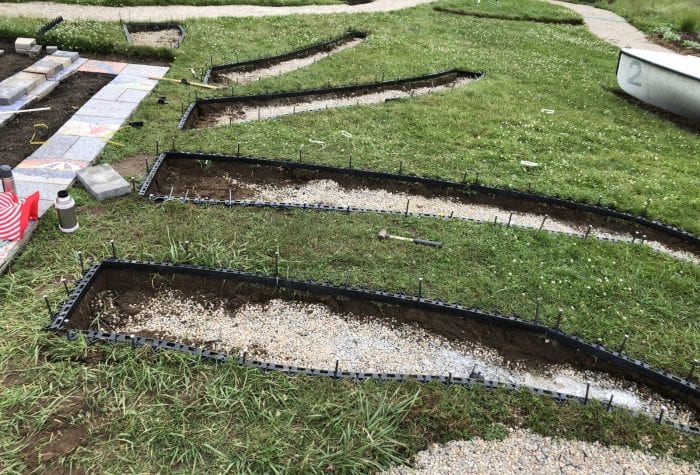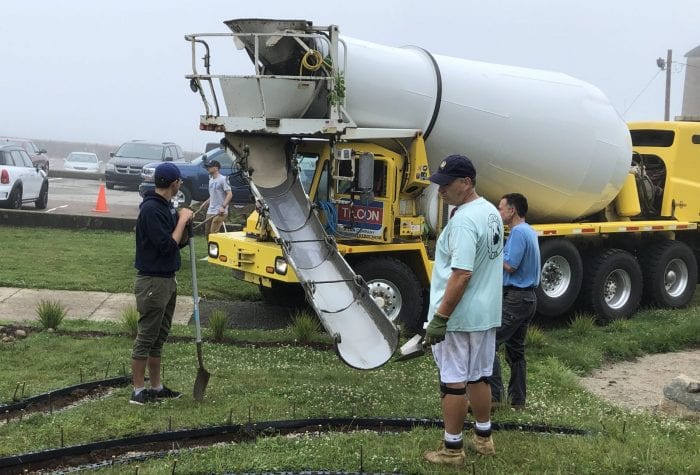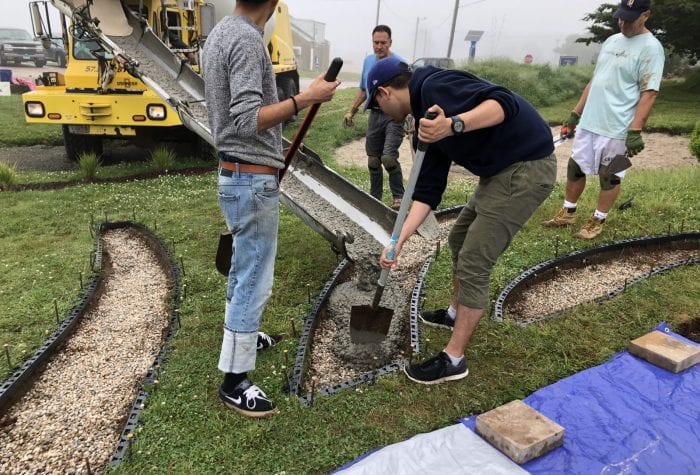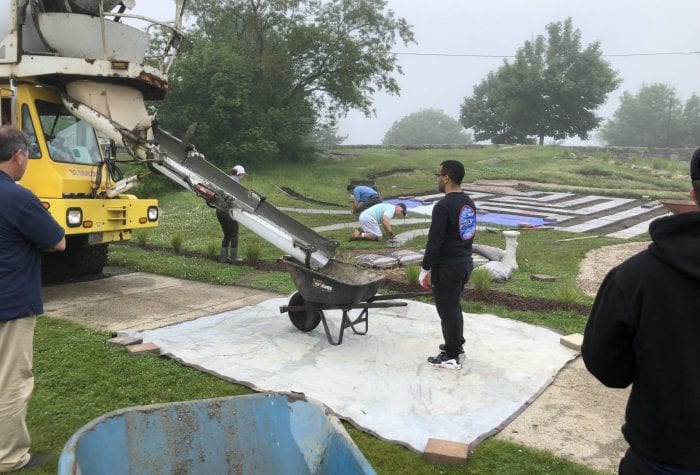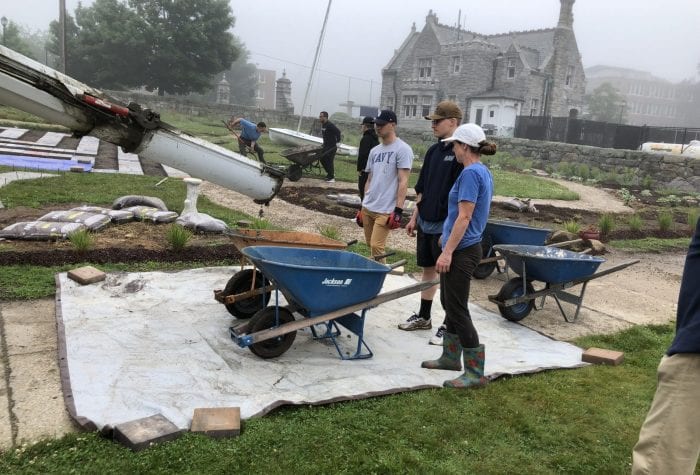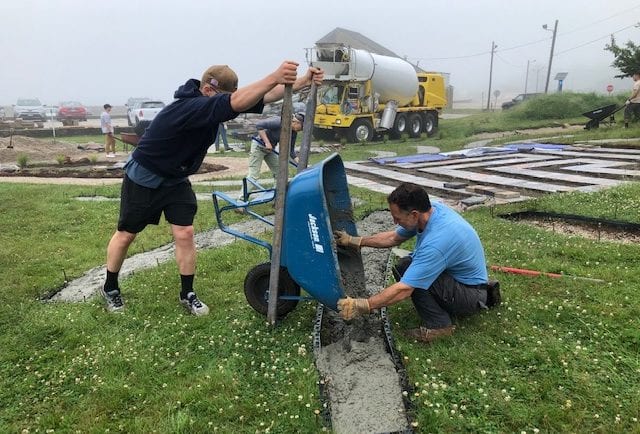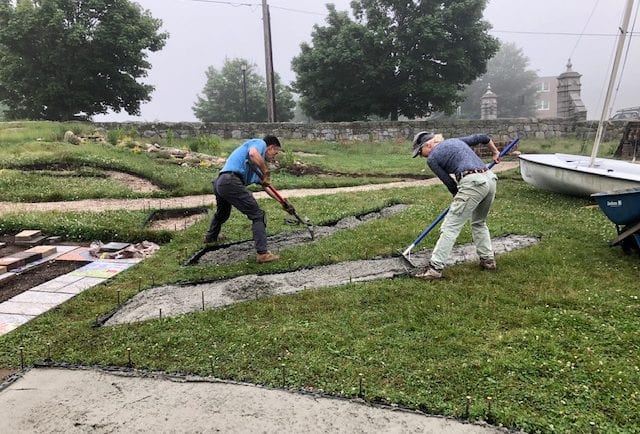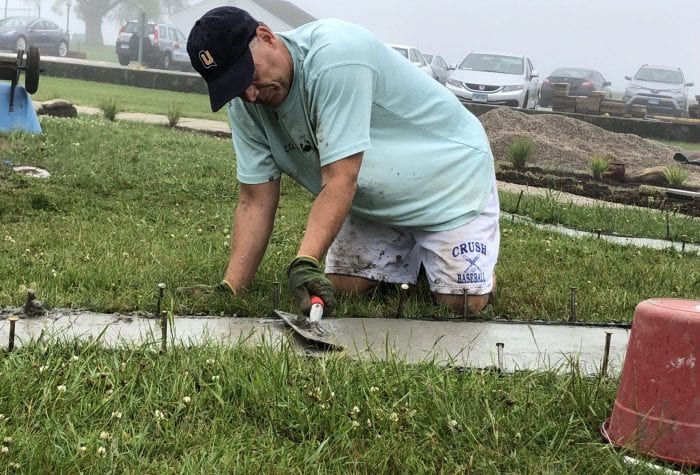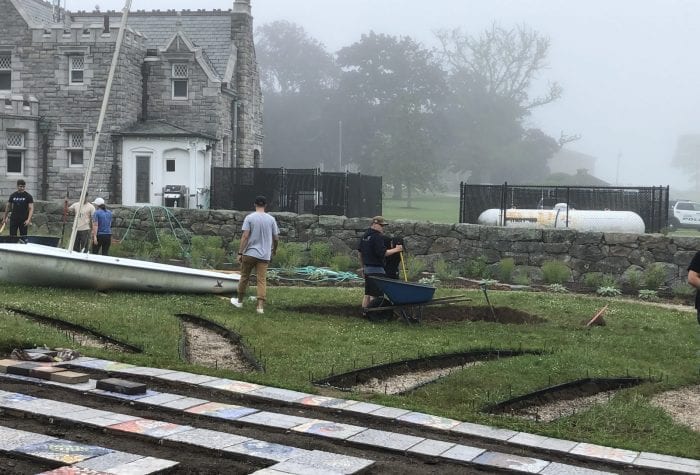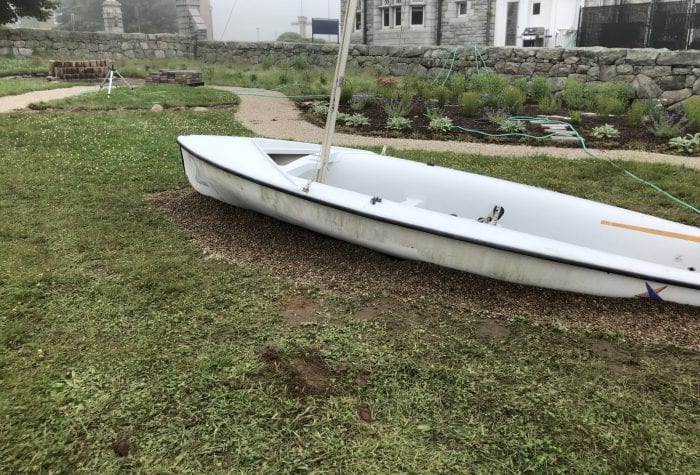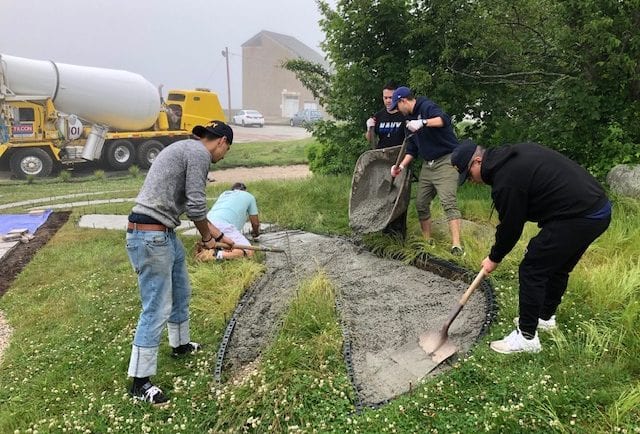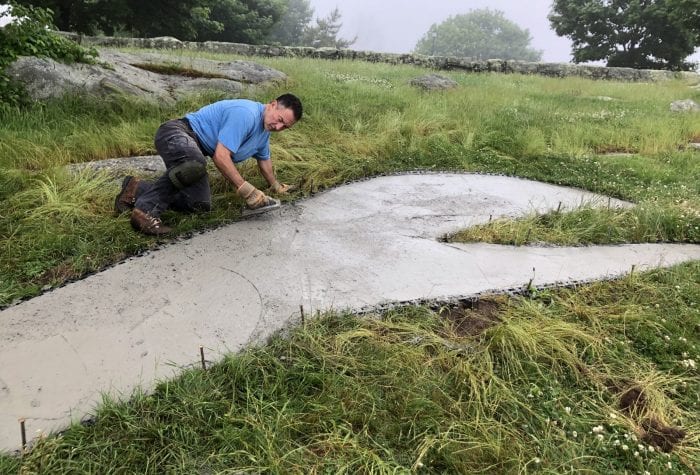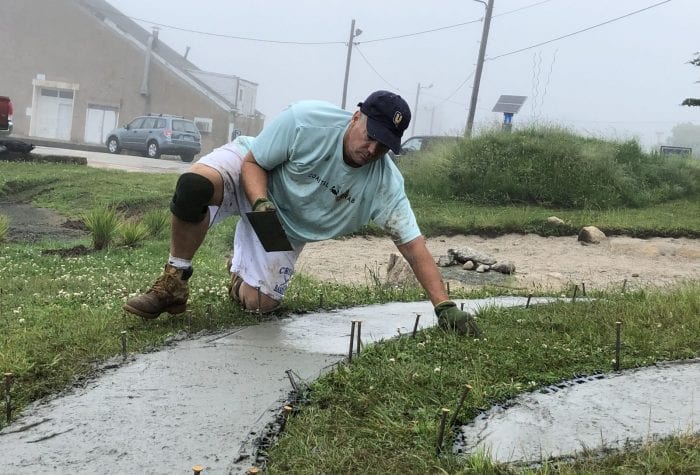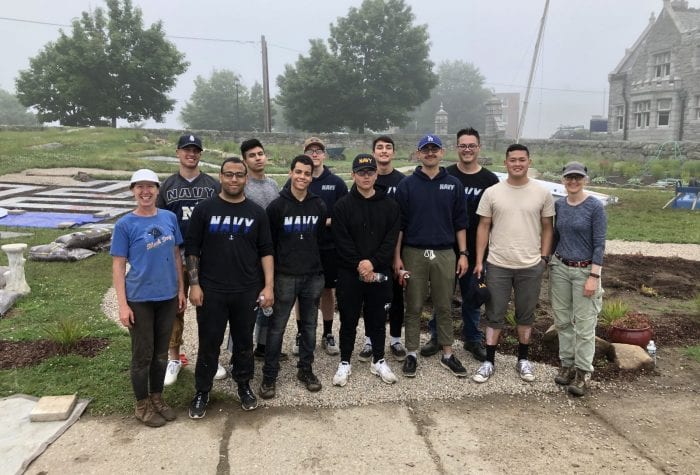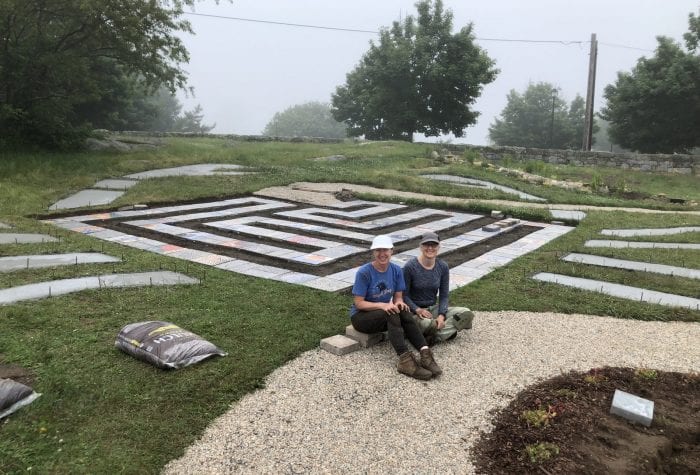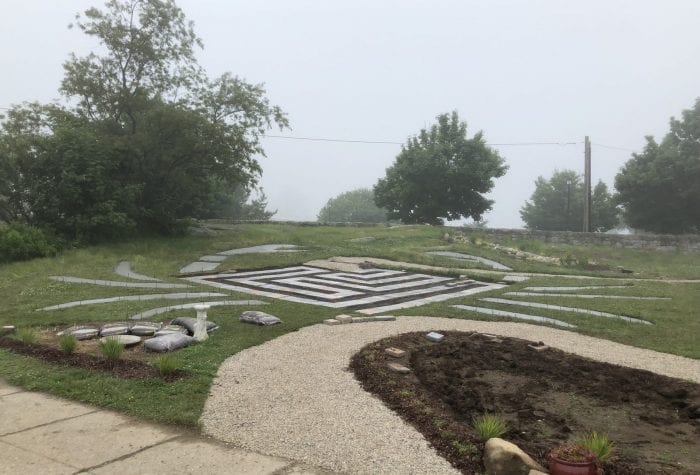As I’ve stated before, young children learn primarily through their senses and a multitude of studies have demonstrated a correlation between sensory stimulation and brain development. The goals of this project were to create a garden that encourages cognitive development and experiential learning through sensory stimulation and self-directed play as well as to establish a garden that draws people outside and creates a lasting connection to nature and their community.
While the garden is in the final stages of the first phase of development, it has already garnered much support from the community. The parents and caregivers who have brought their children thus far have been incredibly gracious. For the past year, I have been the one asking for donations and volunteers, thanking everyone profusely. It is only now that the tables have turned and community members are thanking me. It is humbling. Every time I am there working in the garden, people approach me to ask what the garden is, tell me how beautiful it is, and express their gratitude. It is the children, and their gratitude both real and implied through their actions that touch me so deeply.
I want to give our children a path to explore nature in a safe and beautiful environment. I want them to “get off the path,” “smell the flowers,” go into the waterfall and get soaking wet to really feel the essence of water on their skin. Life is about joy, childhood is about exploration and learning. I want our children to love being outdoors, to feel like they are a part of this biome, to find peace and tranquility in nature but also excitement and a sense of adventure for the possibilities it holds. Every educator I spoke with along this journey has given me resounding praise for tackling this issue. But again, it is the children, with their simple words and actions that make me realize how great of an impact this garden can have.
One little boy looked at me so sincerely the other day and asked with awe, “This was your idea?” Yes!!!!! That’s why they call this program the IDEA Grant! The opportunity to take an idea from a thought to an action is such a powerful prospect. The fact that this kind of program exists and is available to so many students each semester is incredible. The sky’s the limit and the benefits to our students and the global community are endless. Having the ability to participate at all is significant and I believe the outcomes will speak for themselves as people discover this jewel of a garden and children experience its many benefits.
